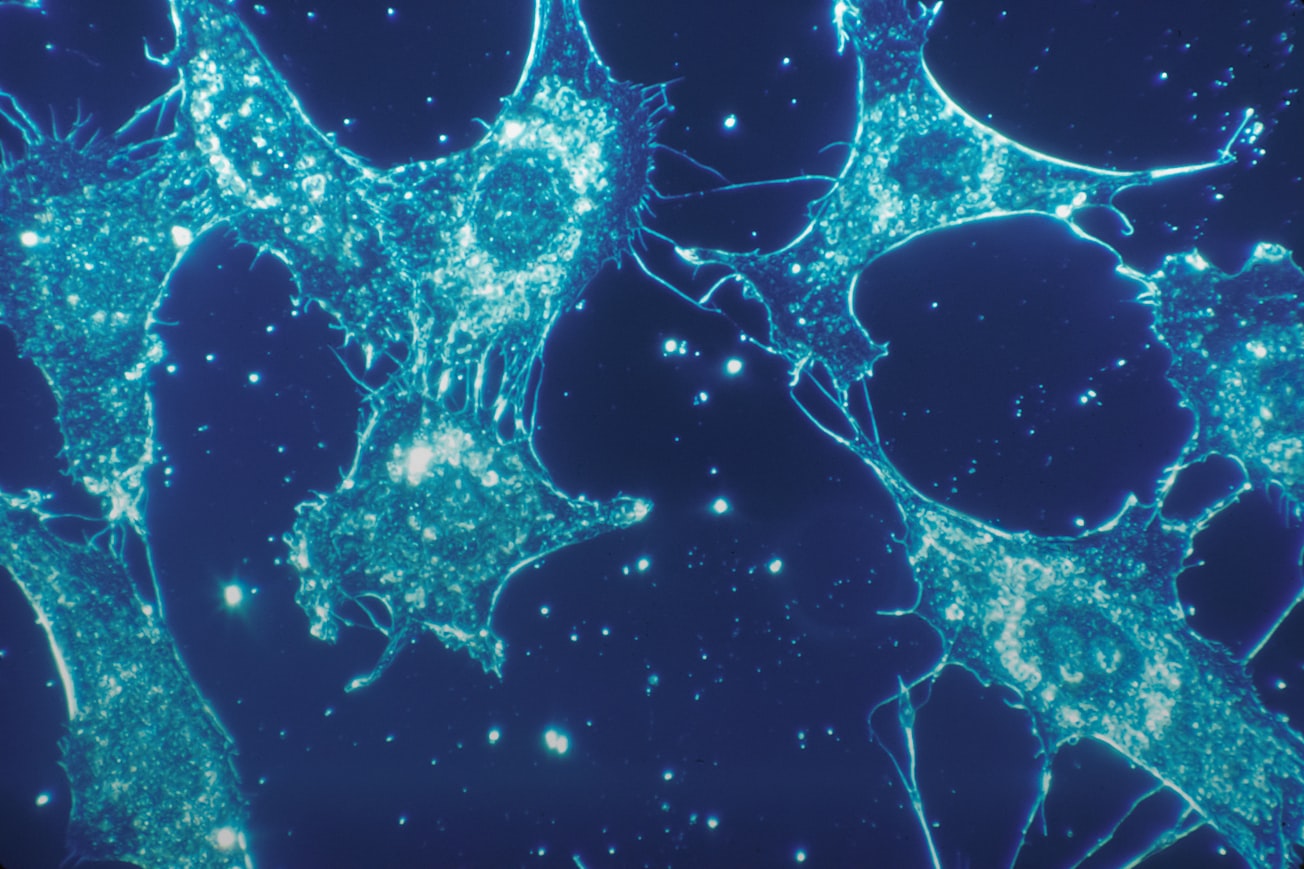What is it about?
Ferroptosis is a type of cell death that is caused by the toxic accumulation of lipid peroxides — the oxidized forms of fatty acids—on cellular membranes. Understanding how cancer cells defend against this form of cell death might reveal new therapeutic strategies in cancer treatment. We discovered that an enzyme called GPD2 has a previously unknown role in suppressing ferroptosis in mitochondria, the powerhouse of the cell, and showed that GPD2 inactivation makes cancer cells more vulnerable to ferroptotic cell death, and combined inactivation of GPD2 and GPX4, another well-known ferroptosis suppressor, suppresses tumor growth in preclinical models.
Featured Image

Photo by National Cancer Institute on Unsplash
Why is it important?
Our study identifies a previously unrecognized mechanism to defend against ferroptosis in mitochondria and suggests that inhibiting GPD2 (which is an enzyme) might represent a new therapeutic strategy to induce ferroptosis and kill tumors in cancer treatment.
Perspectives
Our study might motivate further studies to identify potent and specific GPD2 inhibitors as ferroptosis-sensitizing drugs in cancer treatment.
Boyi Gan
University of Texas MD Anderson Cancer Center
Read the Original
This page is a summary of: A ferroptosis defense mechanism mediated by glycerol-3-phosphate dehydrogenase 2 in mitochondria, Proceedings of the National Academy of Sciences, June 2022, Proceedings of the National Academy of Sciences,
DOI: 10.1073/pnas.2121987119.
You can read the full text:
Contributors
The following have contributed to this page










